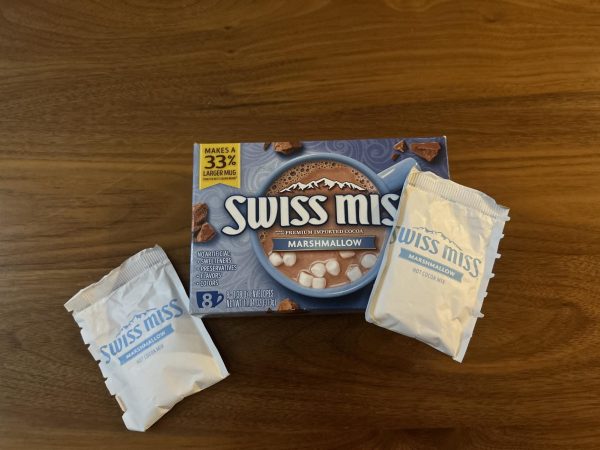Winter Running
Winter running is used to help runners stay in shape during the winter seasons so they do not get behind in the off season.
“There are different conditions [for winter running],” Ian Silverman, girls cross country coach, said. “It’s colder, it’s drier, it’s slipperier. Visibility is limited often for runners and cars. There are also less daylight hours so there is not as much time for you to run in the winter. Also, traffic behaves differently when you’re crossing roads.”
Running outside during the winter can be dangerous at times, so sometimes runners run inside, although it is a poor substitute, according to Silverman.
“Running inside is not an ideal substitute [for running outside],” Silverman said. “Obviously, there’s a lot more turning which puts more stress on hips and ankles when you turn like that. Also, there’s obstacles like stairs and other people. Sometimes when the floors are wet, like in the winter, the floors are wet because the snow and slush comes in all the time, and with the risk of wiping out on that, there’s also a risk of injury. Also, it’s hard to run three, four, five, six miles when you have to turn every three hundred feet. It’s just very difficult. Again, it’s a poor substitute for running outside.”
Running is based on endurance, so running in the winter is very helpful for runners because it helps runners to stay in shape and keep improving, according to Jessie Houghton, sophomore runner.
“Running in the winter is a lot more personally motivated,” Houghton said. “You have to get yourself to do it without the obligation and support of a team to keep you going. Also, you have to be committed enough to face the elements, running with long sleeves, hats, and gloves to stay warm.”
Because it is so cold outside, there is more risk of getting sick, so wearing warm clothes helps to prevent sickness. However, Houghton said as long as people have good running shoes they are comfortable and will succeed in running during any season.

Janie has been in the journalism program for two years, but this is her first year on staff. She loves to play basketball and soccer in her free time....










